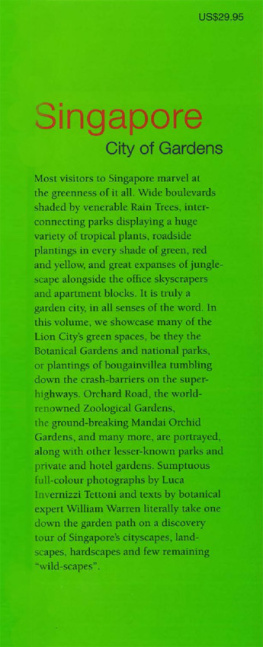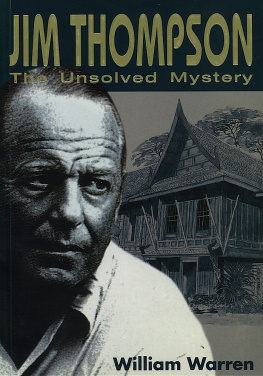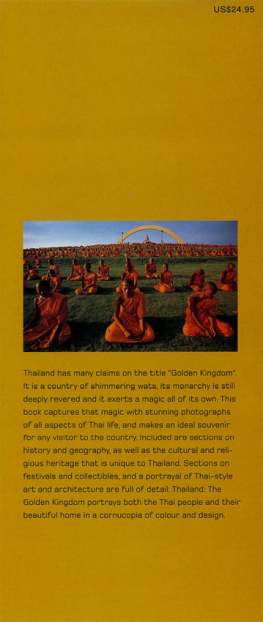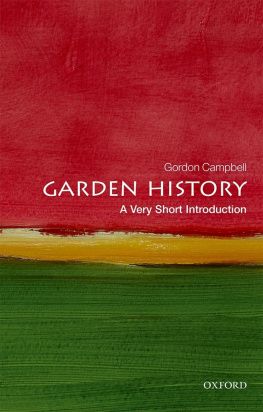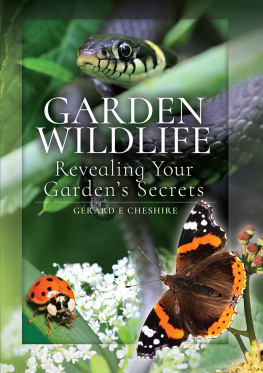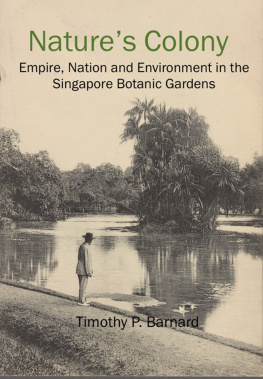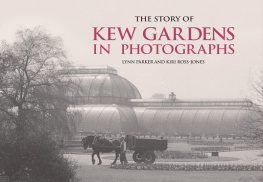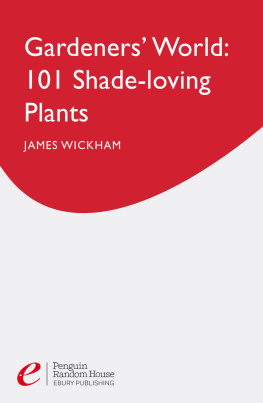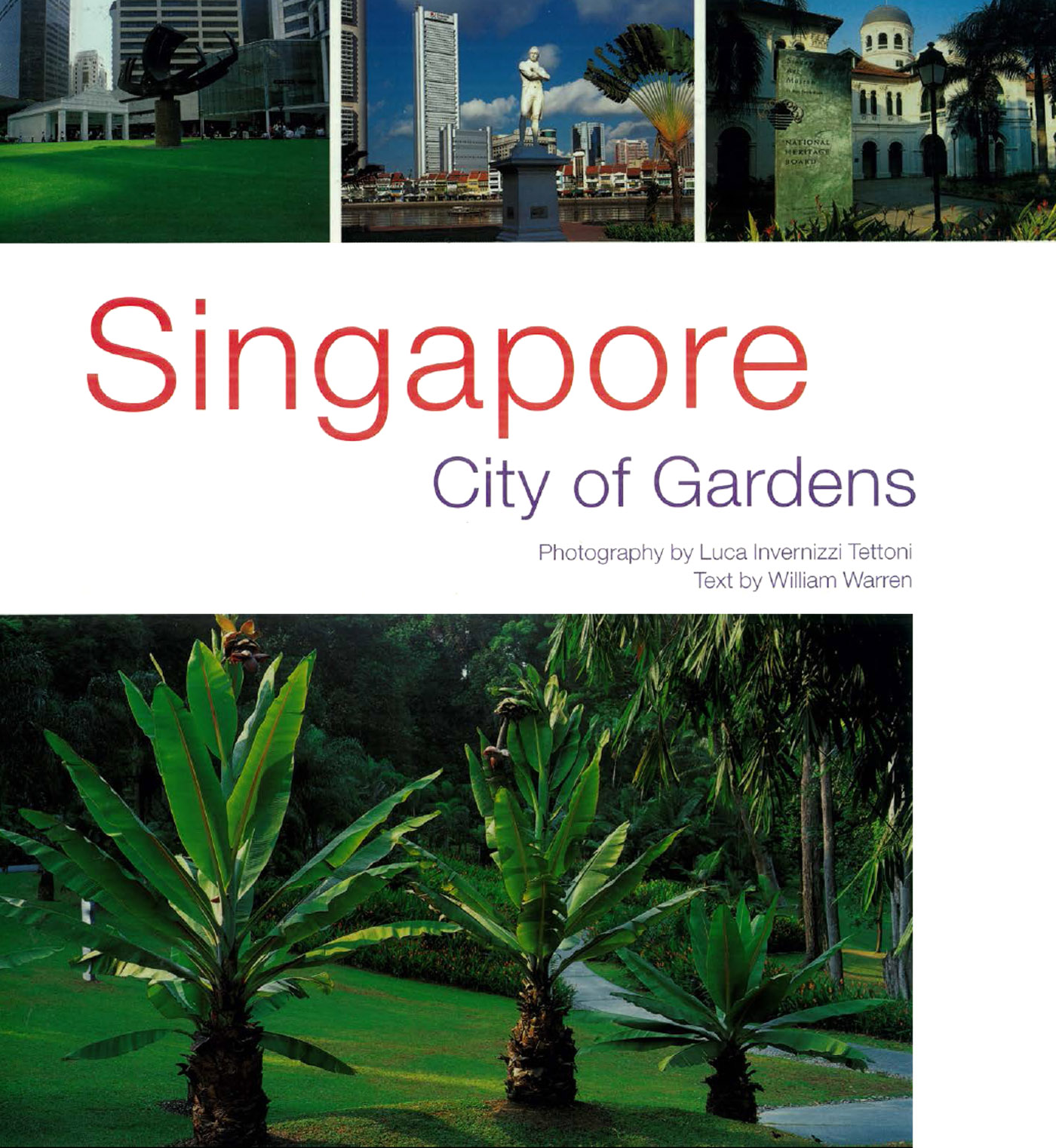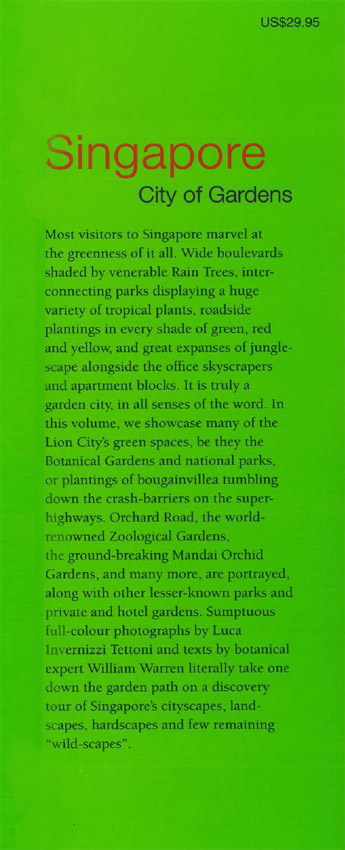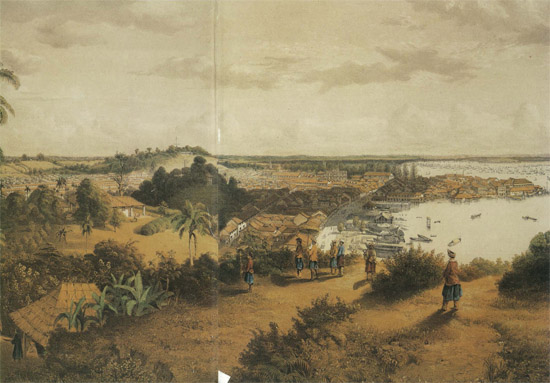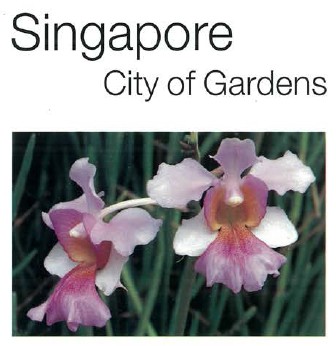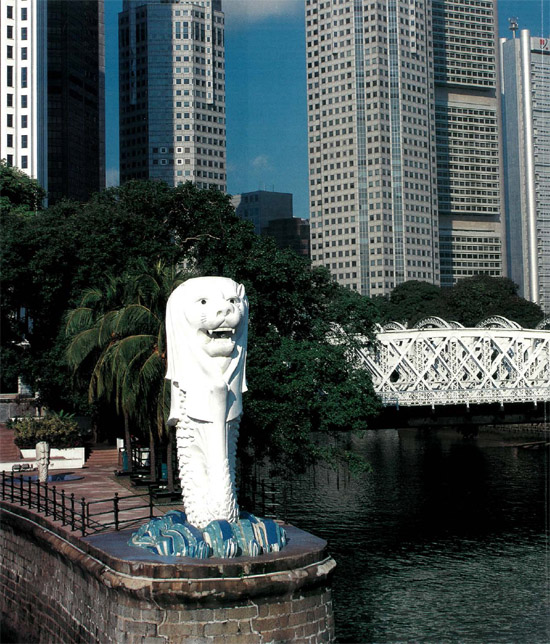Published by Penplus Editions (HK) Ltd Copyright 2000 Periplus Editions (HK) Ltd
All rights reserved. No part of this publication may be reproduced, stored in a retrieval system or transmitted in any form or by any means, electronic, magnetic tape, mechanical, photocopying, recording or otherwise without prior permission of the publisher.
All rights reserved
ISBN: 978-1-4629-0725-0 (ebook)
Printed in Singapore
Editor: Kim Inglis
Distributed by:
North America
Tuttle Publishing, Distribution Center, Airport
Industrial Park, 364 Innovation Drive, North
Clarendon, VT 05759.
Tel (802) 773 8930 fax (800) 526 2778
Asia Pacific
Berkeley Books Pte Ltd, 61 Tai Seng Avenue #02-12,
Singapore 534167
Tel: (65) 6280 1330Fax: (65) 6280 6290
Japan
Tuttle Publishing, Yaekari Building 3rd Floor, 5-4-12
Osaki Shinagawa-ku, Tokyo 141-0032
Tel: 81 (03) 5437 0171Fax 81 (03) 5437 0755
Indonesia
PT Java Books Indonesia, Jl. Rawa Gelam IV No. 9
Kawasan Industri Pulogadung
Jakarta 13930, Indonesia
Tel. 62 (21) 4382 1088 Tel. 62 (21) 461 0206
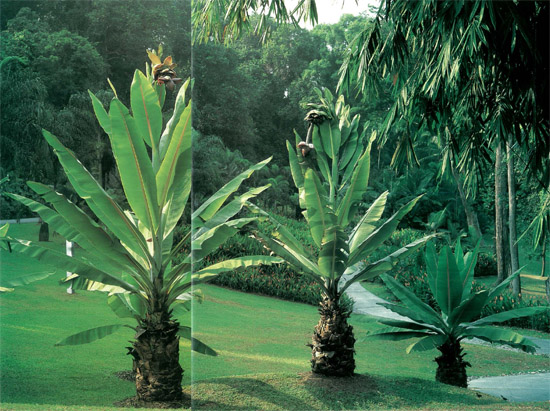
The Botanic Gardens are home to a huge variety of trees and plants. Here area group of Ensete superbum, a type of banana with an underground stem.
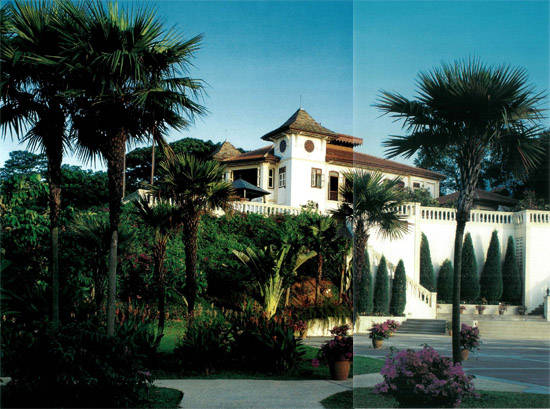
The Alkaff Mansion, built between 1910 and 1930 by a wealthy Arab family of spice traders; it has now been restored and transformed into a restaurant. Various palms including Areca catechu and Livistona chinensis (on left) and the ubiquitous coconut, along with cannas and a species of fir decorate the foreground.
The author, photographer and editor would like to thank the following persons for their assistance in the preparation of this book: Dr Tan Wee Kiat, Dr Yam Tim Wing, Jennifer Ng-Lim Cheo Tee, Koh Soon Kiong, Simon John Longman, Quek-Phua Lek Kheng, Haji Mohammad Shah, Teva Raj, Ohn Set, Wong Wei Har, Wong Tuan Wah of the National Parks Board; Julie Yeo and Helen West of Antiques of the Orient; Amy Ede and David Lim of the Mandai Orchid Gardens; Christine Lim; Ivan Polunin; Richard L P Tan; the staff at Grand Hyatt, Raffles and Shangri-La Hotels; Made Wrjaya and Fairuz bin Salleh of Pacific-Nature Landscapes; Lim Keow Wah; Hoo Hai Chew; Dr Chou Sip King; Dr Gee Min; Rasidah Kumat and staff at the Civil Aviation Authority of Singapore (CAAS); and a special thanks to Elisabeth Eber for being so generous with her time and expertise.
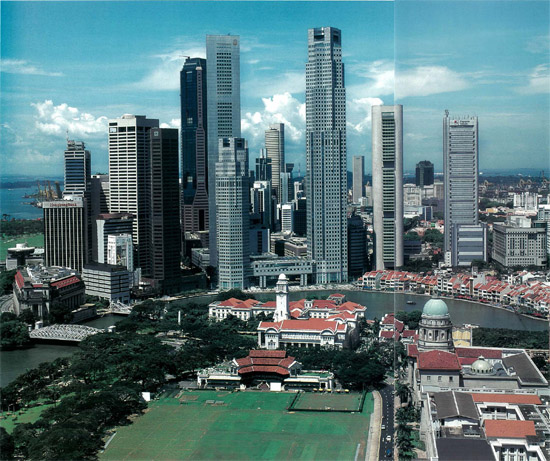
The Padang, Esplanade Park and colonial core of the city, with the gleaming skyscrapers of Singapore's financial district on the other side of the river. Used as a recreational area since colonial times, the Padang brings a welcome swathe of green to the downtown area.
Contents
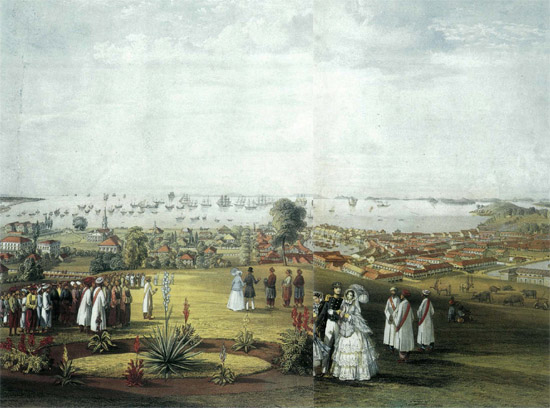
An 1846 watercolour by John Turnbull Thomson depicts a view of Singapore from Fort Canning. It celebrates the presentation of a state sword by the then Governor Lt Colonel Butterworth to Daing Ibrahim, Temengggong of Johore, for his efforts to suppress piracy. The ornamental round in the foreground, probably imaginary, has an Agave as a centrepiece, while in the background the godowns of the harbour and the neatly planted colonial core are clearly executed. Image courtesy of Antiques of the Orient.
The Garden City
"'Singapore ahoy!' exclaimed the man at the mast head as the white houses and shipping rose above the horizon while we were abreast of the large red cliffs.... Hundreds of Chinese junks, and Malay prows, lay further in shore. Behind these stretched a sandy beach, glistening in the sun, and overhung by the graceful palm trees, the glory of Singapore planters. In the centre of the landscape was Government Hill, with its verdant lawns and snug bungalow; and at its base were the warehouses and mansions of the merchant princes. Behind these was to be seen the comely undulating background, alternately covered with the mighty forest trees and gambier and pepper gardens."
Such were the views that greeted John Turnbull Thomson, a young Englishman who came to Singapore in 1838, just two decades after the settlement was founded. Today the relatively rare visitor who arrives by sea encounters an almost solid facade of skyscrapers along the shore, many of them built on land reclaimed from the very waters where Thomson sailed. A few palms might still be glimpsed here and there among the buildings, perhaps even the top of Government Hill (now known as Fort Canning), but the mass of wild jungle and cultivated plantations that once covered all but small portions of the island appears to be gone as thoroughly as the rest of that early 19th-century world.
Yet such an impression would be misleading. A resoundingly modern city Singapore certainly is, one of the great success stories of contemporary Asia; but it can also lay claim to another kind of triumph just as significant to its residents. Scattered among those gleaming downtown towers, more impressively on display elsewhere, are the results of a deliberate campaign to transform Singapore into a literal "Garden City", one unequalled by any other great Asian city and by few in the Western world.
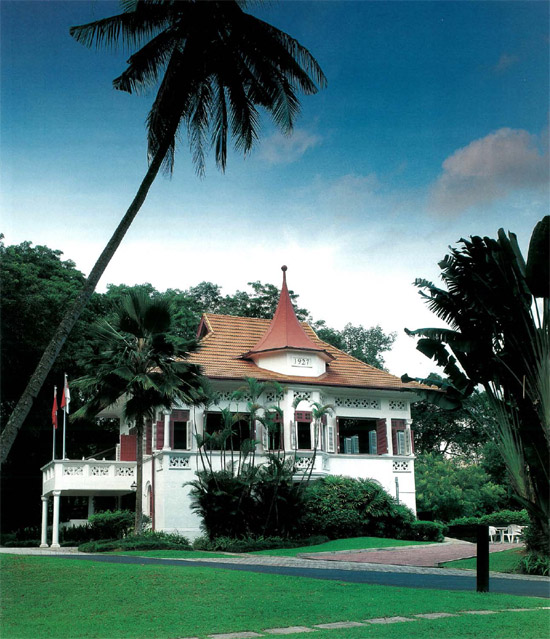
The Swiss Club, one of Singapore's many private clubs. Extensive lawns, a selection of palms including Cocos nucifera, Livistona chinensis by the porte-cochere, and Ravenala madagascarensis, grace the grounds.

